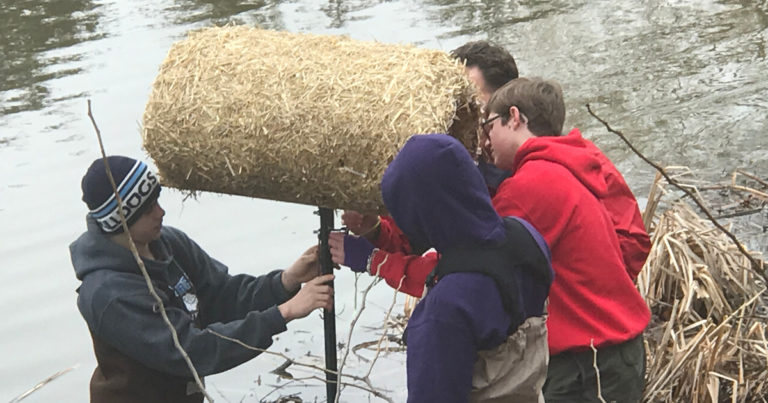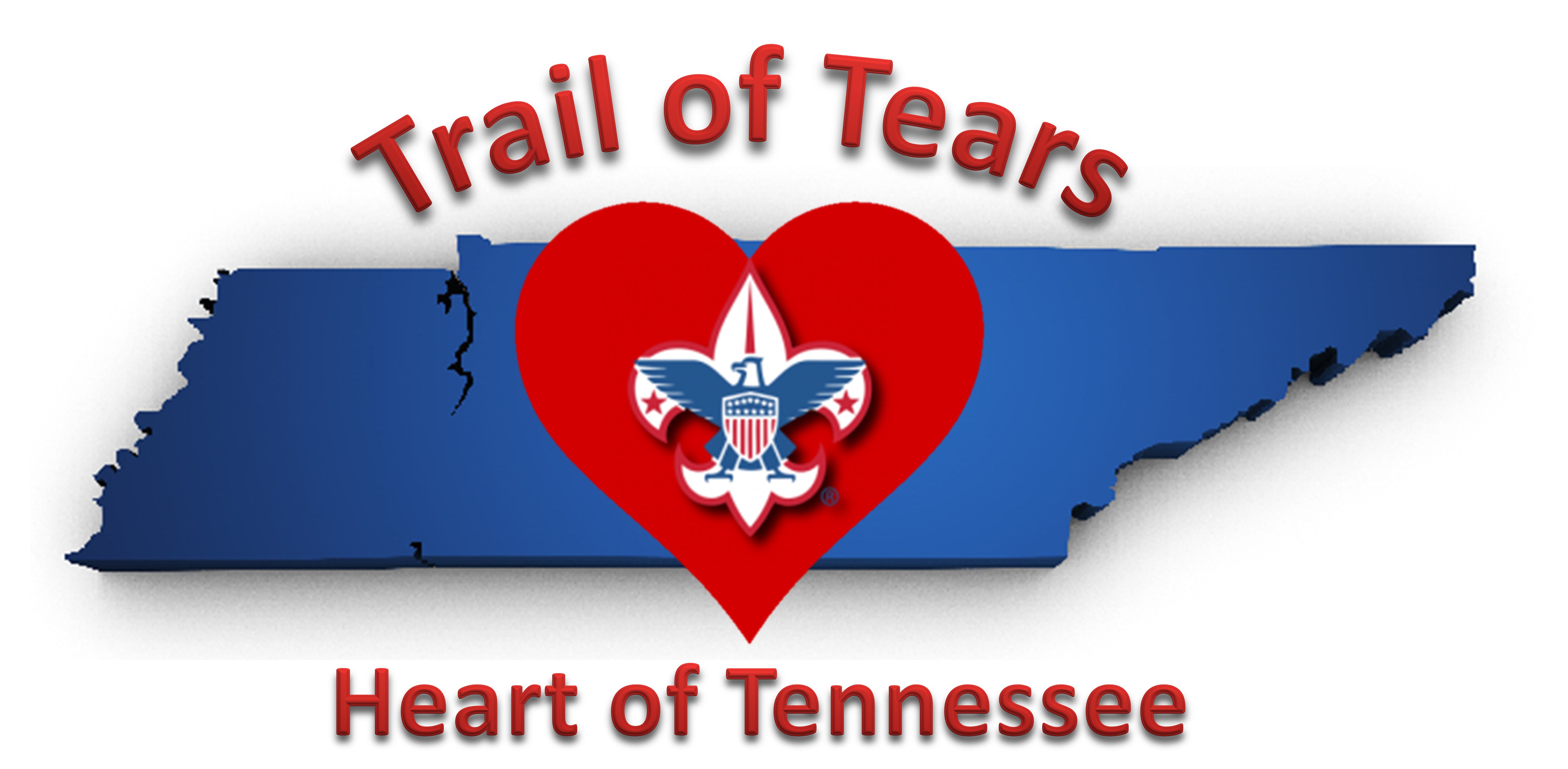
Duck factories, fowl poles or giant Twinkies on a stick. Call these mallard duck nesting tubes whatever you’d like; I’ll call them “one Eagle Scout candidate’s big idea for conservation.”
For his Eagle Scout service project, Tapp Rhoads of Troop 997 in Ashburn, Va., part of the National Capital Area Council, led a group of more than 30 Scouts in an effort to build and place mallard duck nesting tubes, also called hen houses.
These raised, hay-covered cylinders give mallard ducks a safe place to lay their eggs — away from predators like raccoons and skunks.
Some studies show an 80 percent survival rate for hatchlings born in nesting tubes like these. That’s an improvement over the 0 to 20 percent survival rate for eggs that hatch on the ground.

Tapp’s big idea
After researching the need and learning how to build the nesting tubes, Tapp contacted the project beneficiary. He worked with Chip Matthews of the Ashburn Farm Homeowners’ Association to map out exactly where the tubes would go.
After that, Tapp and his helpers got to work.
More than 30 Scouts and adult volunteers from Troop 997 participated in the project. First, they built the tubes out of straw and wire fencing. Next, they placed the tubes in waist-deep water.
Ian Pender, one of the Scouts in Tapp’s troop, said he’s done a number of service projects in Scouting, but this one stood out.
“It was something special, as it’ll provide strong protection for the young ducks,” Ian said.

An ongoing effort
The nesting tubes were placed in early March, marking the end to Tapp’s Eagle project. But the work isn’t over. Tapp and his fellow Troop 997 Scouts plan to return to the tubes to clean and repair them as needed.
That’s good news for the duck population — and for future Scouts, who will have conservation-related service opportunities for years to come.
“This has been a rare undertaking, and I’m proud of the massive support we’ve seen by Troop 997 Scouts,” said Troop 997 Senior Patrol Leader Paul Lynch.
Because of this Good Turn for the planet, Lynch and Troop 997 Scoutmaster Terry Kolb plan to apply for the William T. Hornaday Unit Award.
This award goes to packs, troops or crews that “contribute to sound conservation and environmental improvement in the local community, the region or the nation.”
The fact that this project also served as an Eagle project does not disqualify it from Hornaday Unit Award consideration.
According to the Hornaday Project Workbook, “one Hornaday project can be your Eagle project if it also meets all of the other standards for a Hornaday project.”
In a twist on the old cliché, let’s call that saving two birds with one stone.

Build your own mallard duck nesting tubes
Want to try something similar in your troop? This site offers step-by-step instructions.
Powered by WPeMatico
